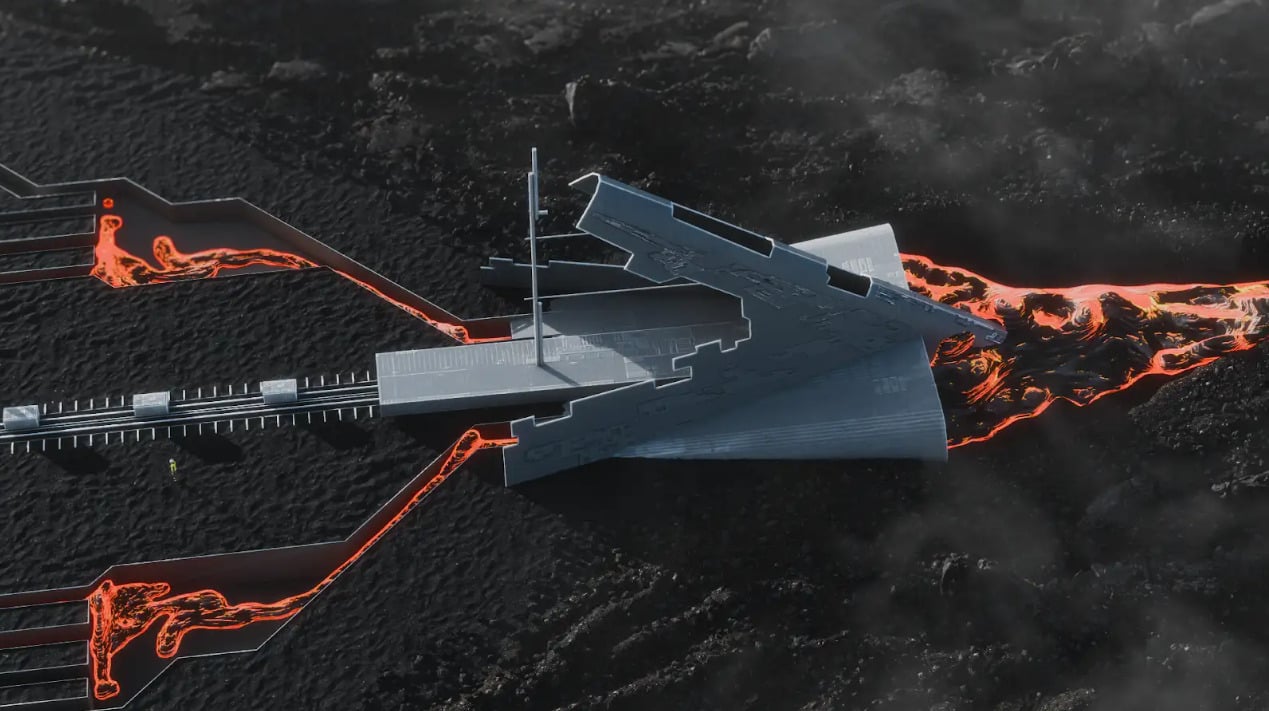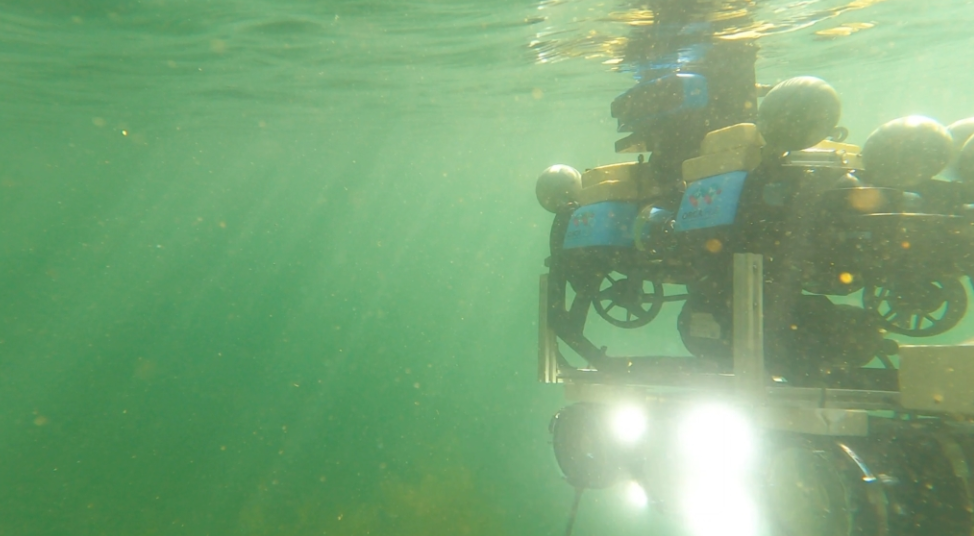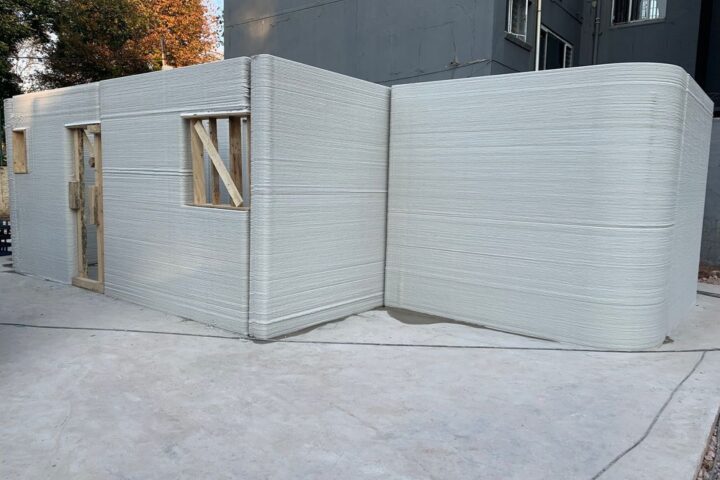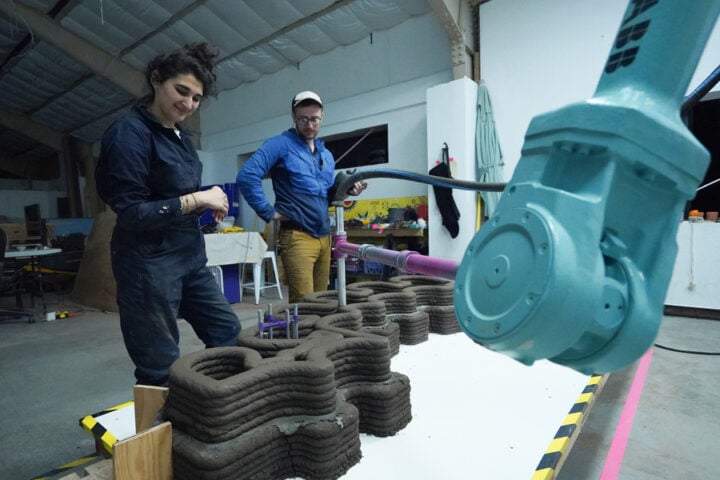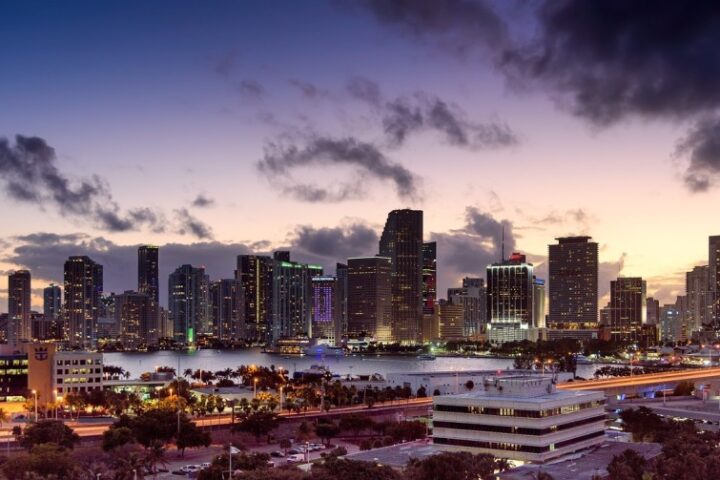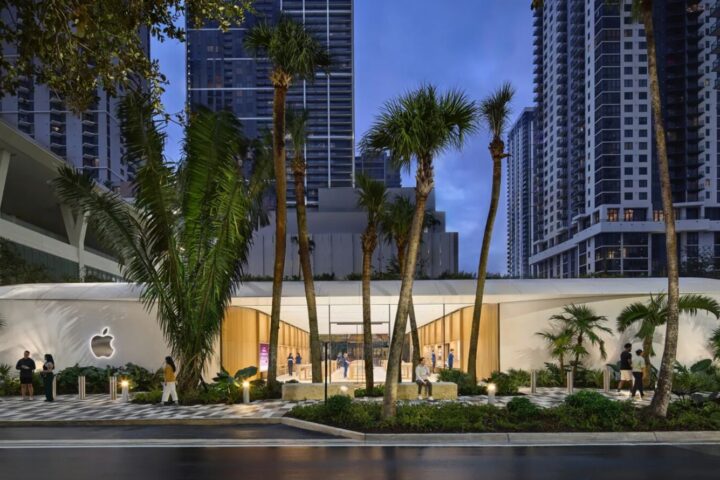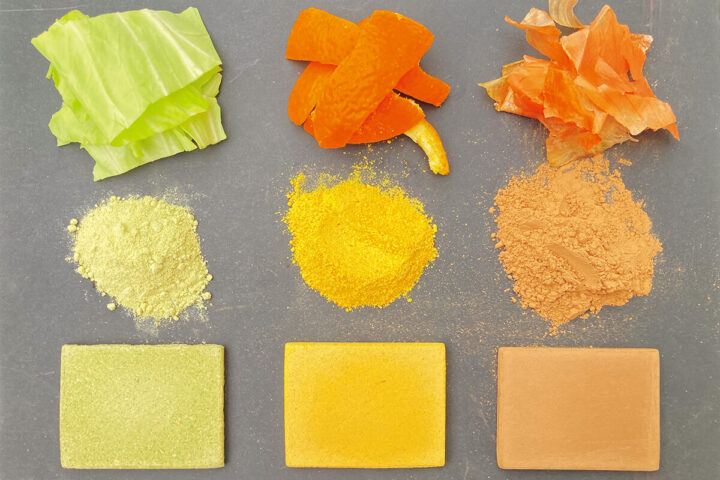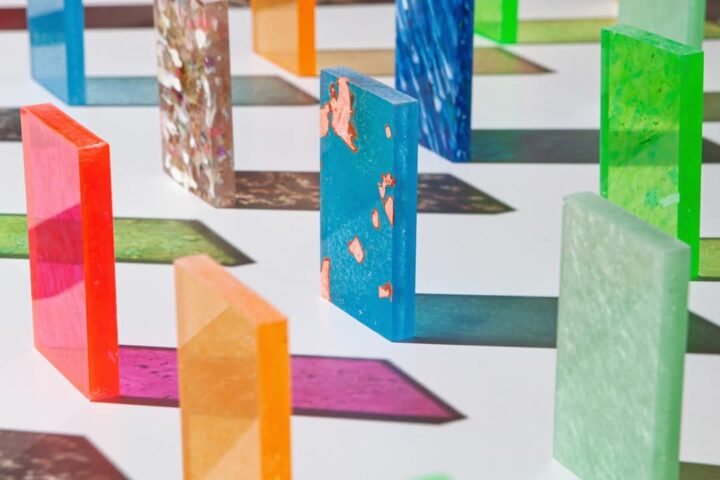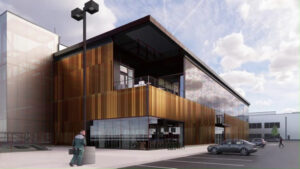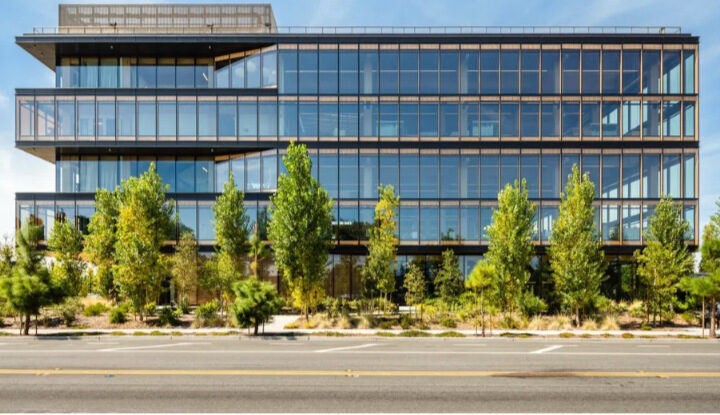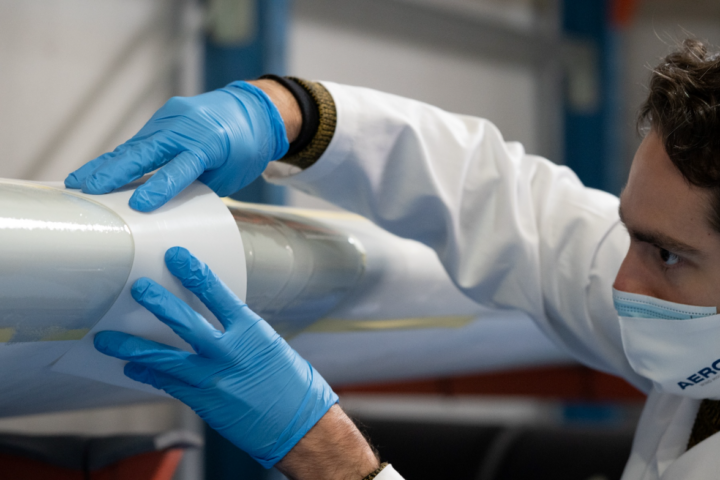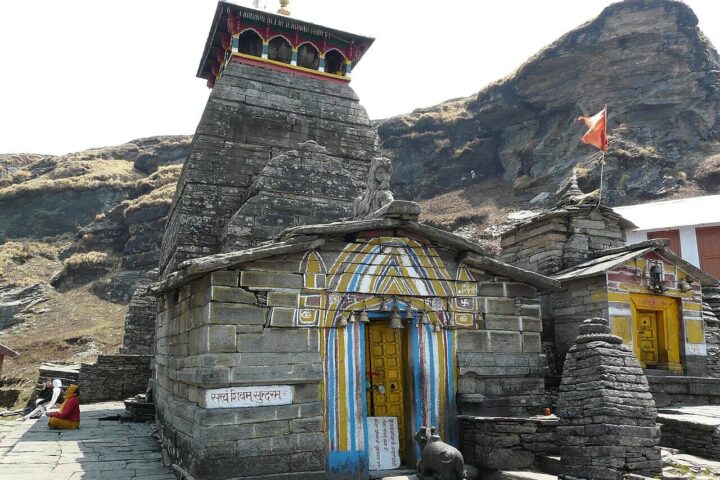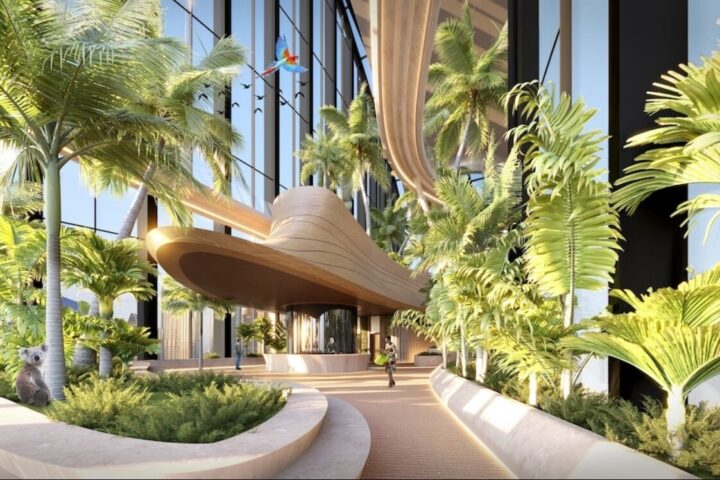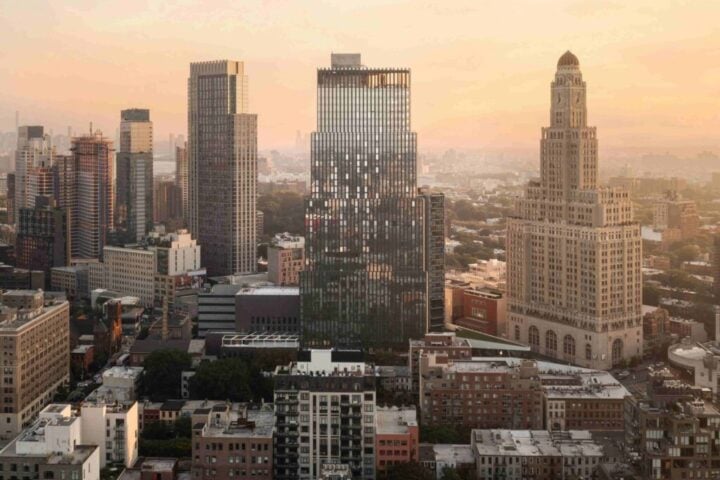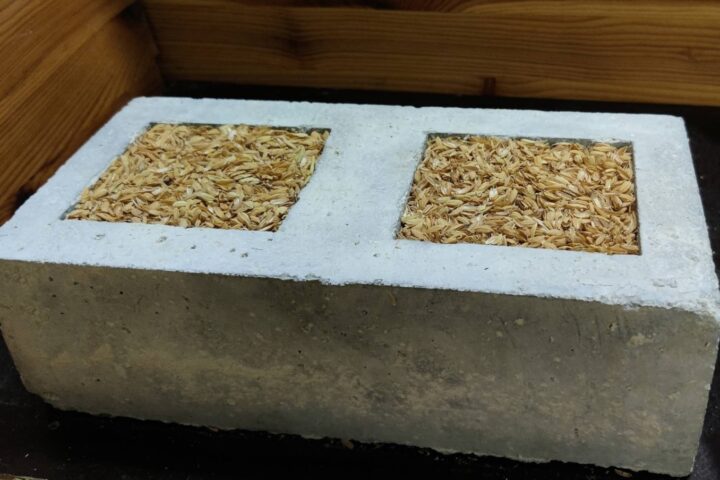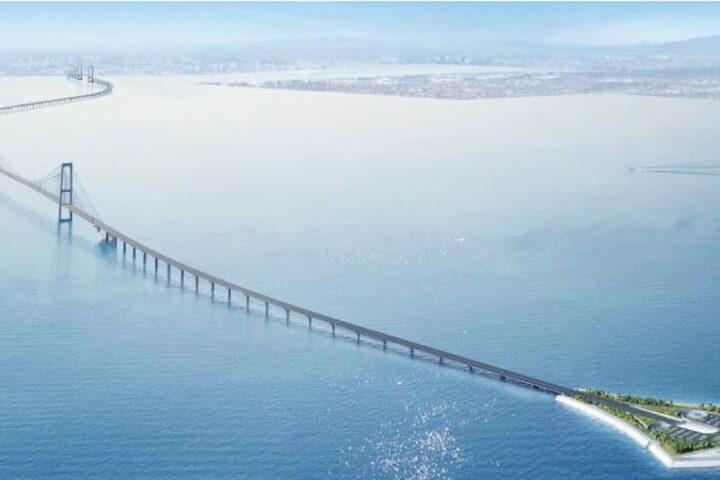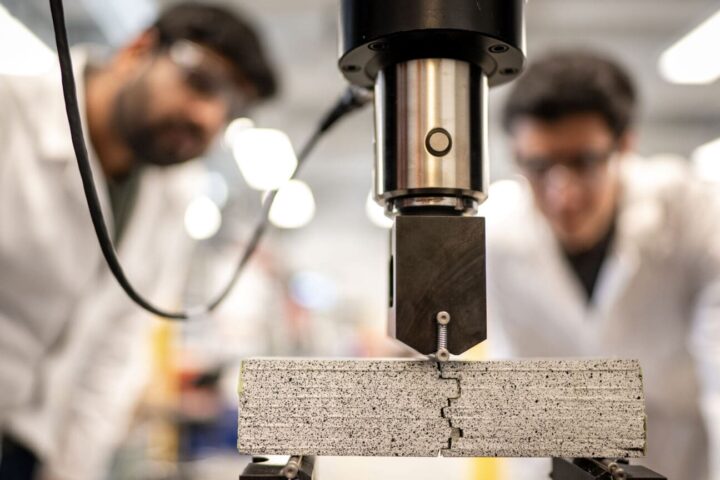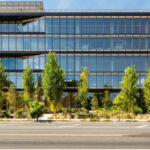Iceland’s architectural landscape could experience a metamorphosis by 2150, as demonstrated through the “Lavaforming” project selected for the country’s national pavilion at the 19th International Architecture Exhibition – La Biennale di Venezia 2025. Spearheaded by architect Arnhildur Pálmadóttir and s.ap architects, this proposal examines the feasibility of redirecting and manipulating volcanic forces to create sustainable building materials.
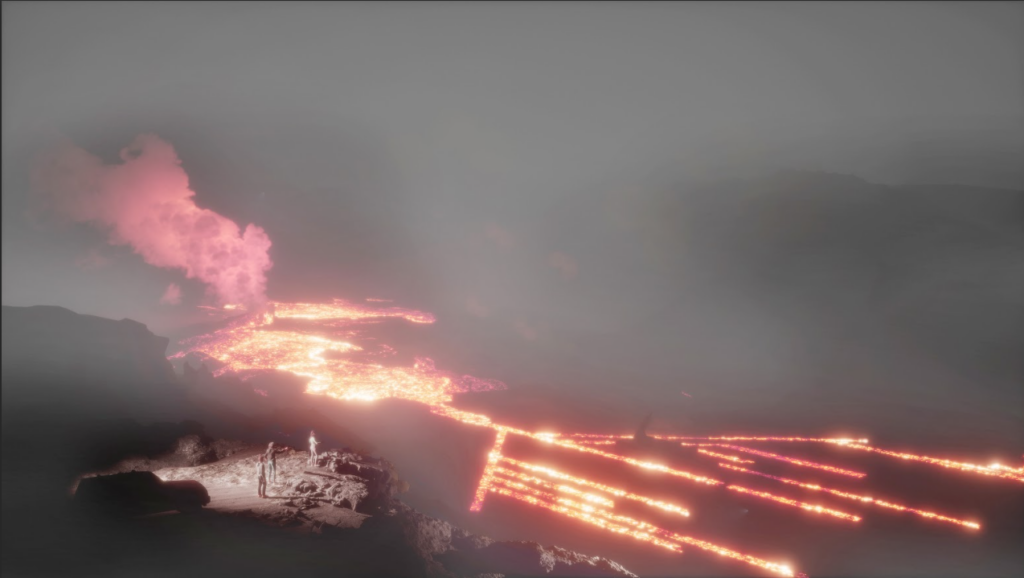
Positioned at the junction of the North American and Eurasian tectonic plates, Iceland’s geological composition yields approximately one eruption every five years. The recent volcanic activity near Grindavik exemplifies the raw power that Pálmadóttir’s team aims to harness. “In our story, placed in 2150, we have harnessed the lava flow, just as we did with geothermal energy 200 years earlier in Iceland” Pálmadóttir explains, outlining the project’s central premise.
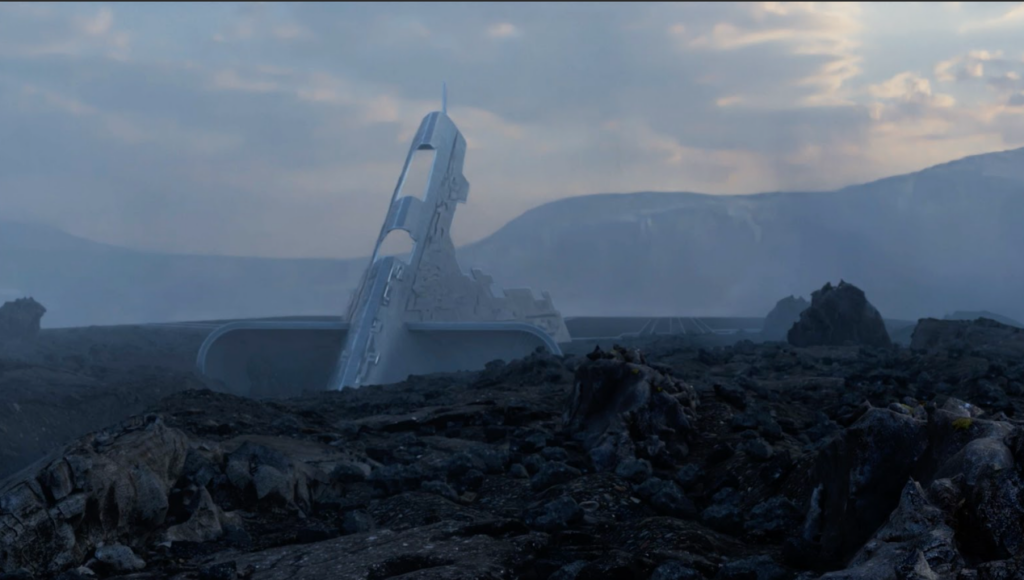
Technical analysis suggests that a single lava flow could generate sufficient building material for an entire city’s foundation within weeks. This process would circumvent traditional mining operations and their associated carbon footprint. The proposal includes engineering specifications for creating specialized trenches designed to channel and direct lava flows into predetermined structural formations.
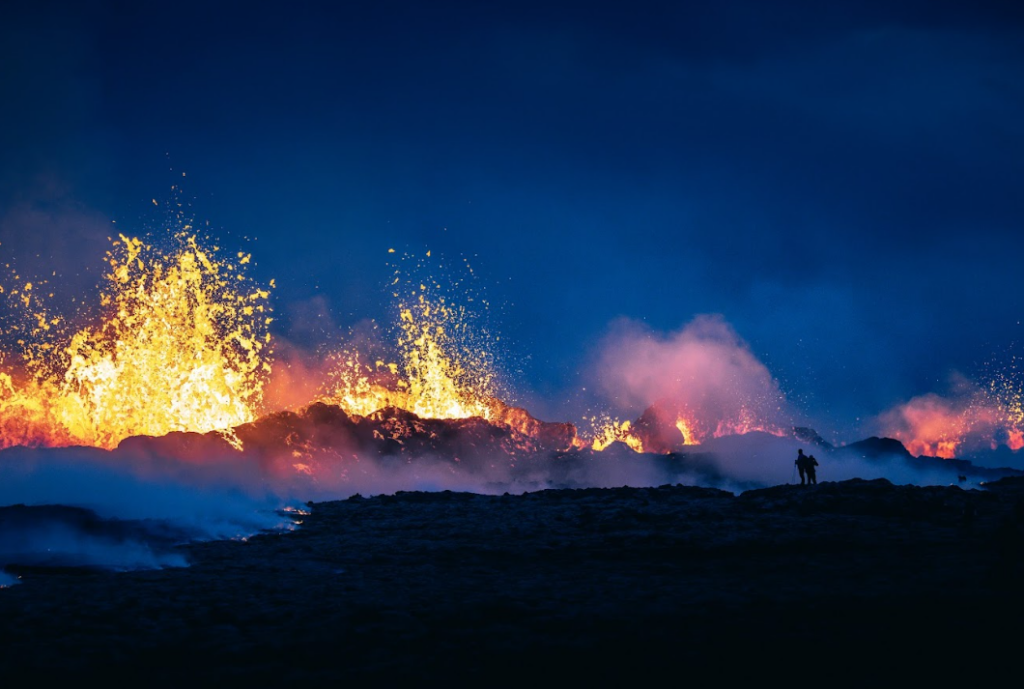
The scientific foundation of Lava Forming builds upon existing volcanic basalt applications in Icelandic construction. Current practices utilize pumice for lightweight interior walls, while denser basalt variants serve as load-bearing structural elements. Pálmadóttir’s innovation lies in exploring lava as a “mono material” – adaptable for various construction requirements:
- Load-bearing applications (columns, beams, slabs).
- Transparent components (glass alternatives).
- Insulation materials.
- Floating structures (utilizing pumice properties) for coastal developments).
Lauren N. Schaefer, et al. (2015) said, “The challenge of characterizing volcanic materials for the numerical analyses of such events is crucial for building accurate models of volcanic phenomena.

The engineering complexity extends beyond material science. Project will require plans for specialized equipment capable of handling molten rock at temperatures exceedingly high. These tools should enable precise formwork creation at smaller scales, allowing for detailed architectural elements.
Environmental impact assessments could project a reduction in construction-related carbon emissions compared to traditional concrete and steel manufacturing processes. However, these calculations should even factor in the energy required for lava manipulation equipment and transportation infrastructure.
Similar Posts
Halla Helgadóttir, commissioner and managing director of Iceland Design and Architecture, contextualizes the project’s broader implications, “Lavaforming mediates a bold vision and has the potential to draw attention to Iceland’s uniqueness and the role and importance of architecture in an age of uncertainty and complex challenges in a memorable way.”
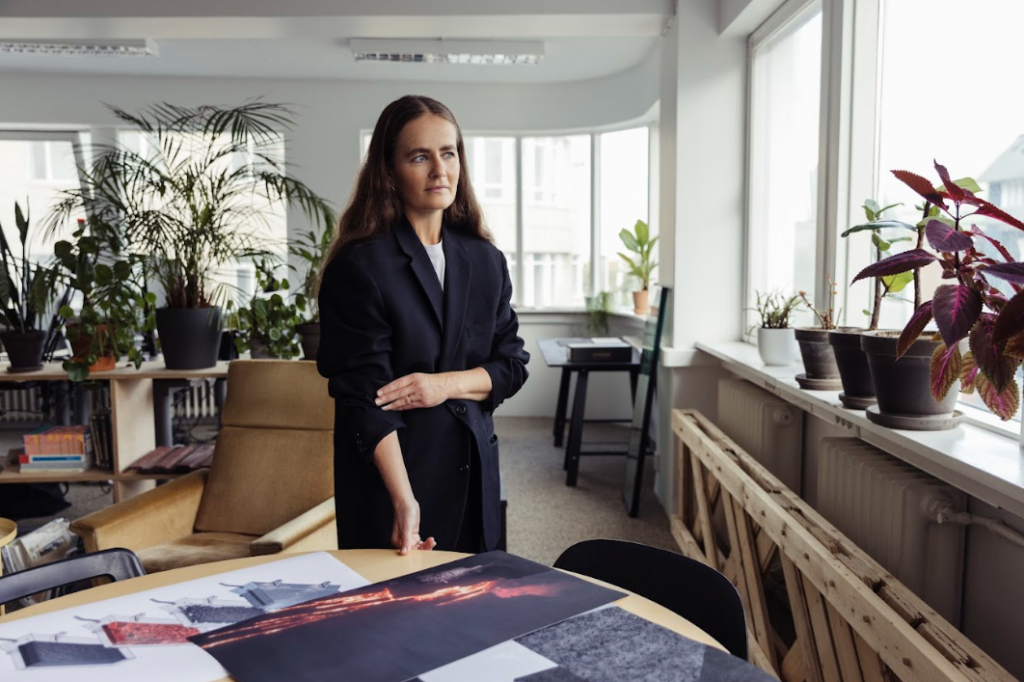
The proposal aligns with emerging research in extreme-condition construction materials. MIT’s Material Systems Laboratory has demonstrated similar principles with programmable molten glass, while researchers at ETH Zürich explore volcanic ash-based concrete alternatives.
Critics may raise practical concerns about the predictability of volcanic activity and the associated risks of large-scale lava manipulation. The project team must have already acknowledged such challenges, eventually emphasizing the need for advanced monitoring systems and robust safety protocols.
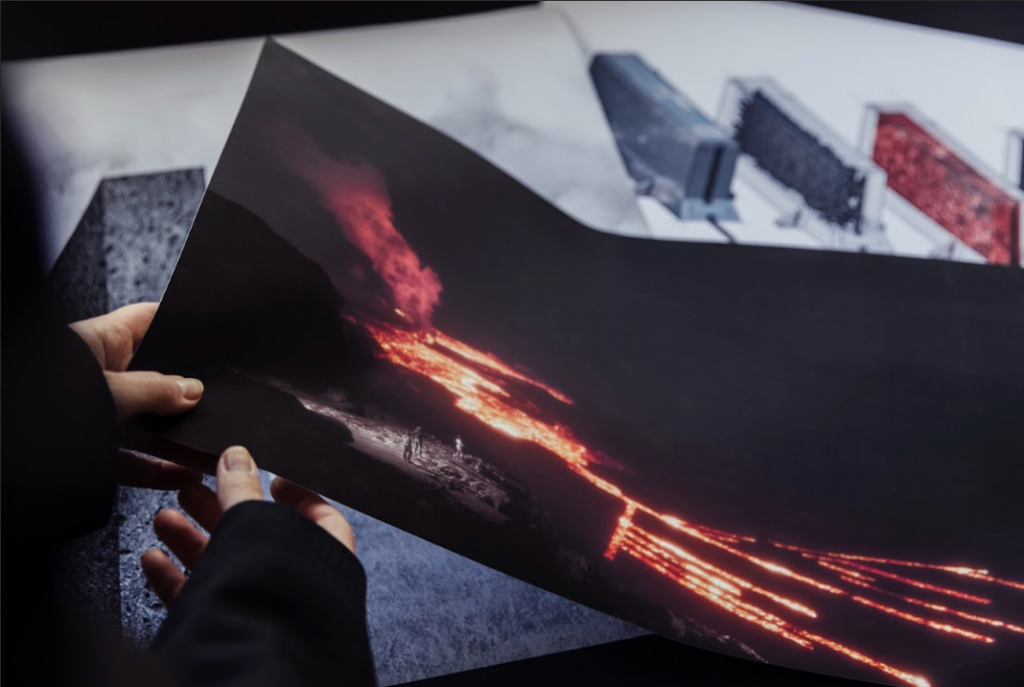
The exhibition at Venice Biennale 2025 (May 10 – November 23) will feature 3D simulations and technical demonstrations of the lava forming process. This marks Iceland’s first participation through an open call, commissioned by Iceland Design and Architecture with support from the Ministry of Culture and Business Affairs.
